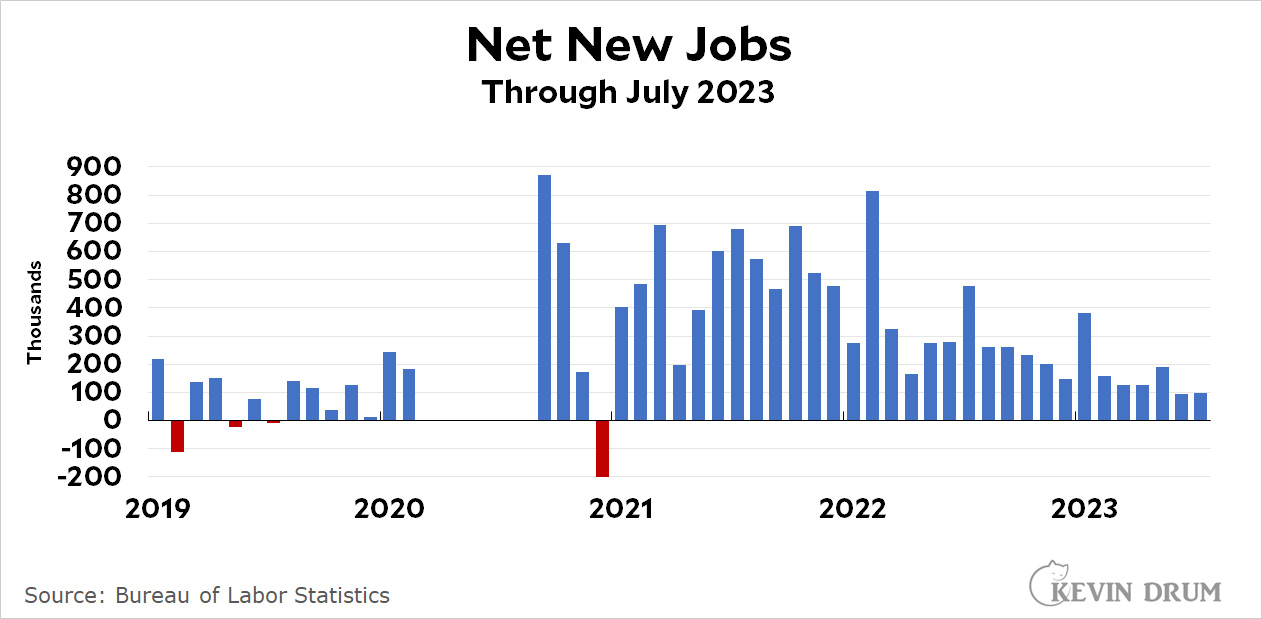Why is it so hot? The latest theory making the rounds is that it's due to a change in shipping regulations. In 2020 the International Maritime Organization reduced the allowable sulphur content of bunker fuel to 0.5%, which was great for human health but not so great for global warming. You see, sulphur emissions cool the climate, so if you reduce them the climate warms up.
But don't be too quick to believe this. Here's a bit of history followed by some estimates of what the new rules mean for climate change.
In 1997 the IMO adopted what's known as Annex VI, which took effect in 2005. It set a maximum sulphur content of 4.5%. In 2012 this went down to 3.5% and in 2020 to 0.5%. However, SO2 emissions didn't respond strongly in every case:
 A steady increase in shipping overwhelmed the 2005 limit, and the 3.5% limit had only a modest effect. However, the 0.5% limit in 2020 made a big difference.
A steady increase in shipping overwhelmed the 2005 limit, and the 3.5% limit had only a modest effect. However, the 0.5% limit in 2020 made a big difference.
But what effect did this have on global warming? For that we need to compare two charts from a 2009 analysis of sulphur limits. Pay attention to the green lines:
 The chart on the left shows the climate effect if emissions had stayed at year 2000 levels. The chart on the right shows the effect if emissions are cut by 90%.
The chart on the left shows the climate effect if emissions had stayed at year 2000 levels. The chart on the right shows the effect if emissions are cut by 90%.
After 50 years, global temps go up about .051°C if nothing is done. Temps go up only 0.0058°C if sulphur emissions are cut. This comes to a difference of 0.045°C. That's four-hundredths of a degree.
But it hasn't been 50 years since the new limits were set. It's been three years. The net effect on global temps so far has been less than 0.02°C, which is lower than the normal increase for a single year. In comparison, global temps in 2023 are 0.16°C higher than last year, so sulphur emissions are—at most—responsible for only one-eighth of the increase. The other seven-eighths are likely due to the eruption of a huge undersea volcano near Tonga last year and an especially strong El Niño this year.
Bottom line: the new sulphur rules do have an effect, but so far a pretty small one. They've played only a tiny role in this year's long hot summer.






